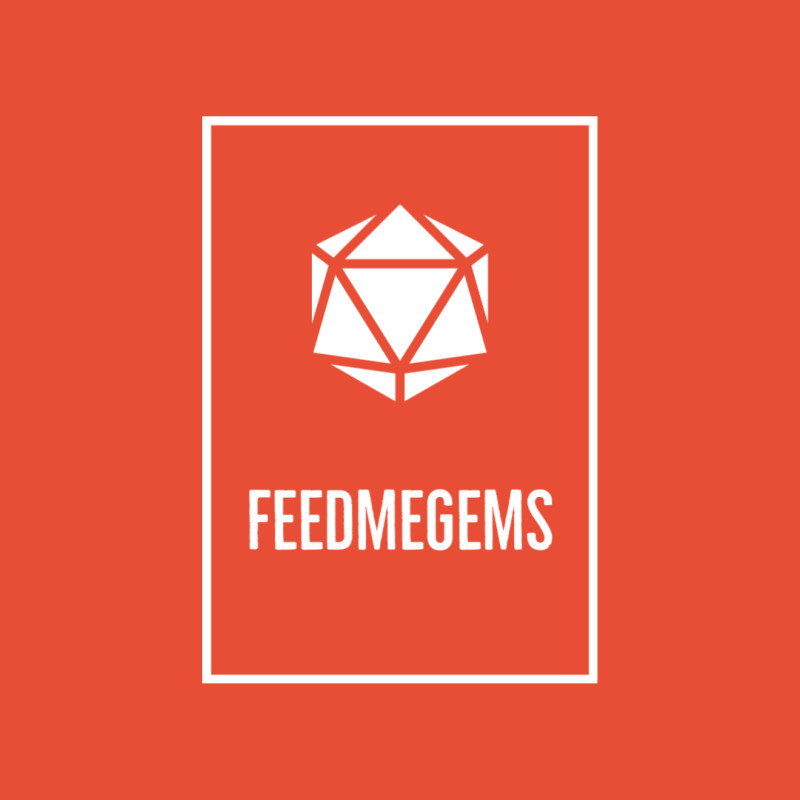Voir toutes les photos (7)
Vous n'avez pas enchéri sur cette enchère.
49.65ct Rare blue green and purple Mosaic pattern Ammolite Trim Specimen
- UGS
- Dimensions (mm)
- 58.000 x 25.000 x 4.000mm
- Poids (cts)
- 49.650
- Treatment
- No Treatment
- Clarity
- N/A
- Taper
- Rough, Specimen
- Couleurs
-
thanks for checking out this auction if you have any questions feel free to message me
Ammolite is a unique and valuable gemstone that is formed from the fossilized shells of ancient sea creatures known as ammonites. These creatures lived approximately 70 million years ago and are related to modern-day cephalopods like squids and octopuses.
The iridescent, rainbow-colored appearance of ammolite is caused by the microscopic layers of aragonite crystals that make up the gemstone. The colors can range from red and green to blue and violet, and they change as the stone is viewed from different angles.
Ammolite is primarily found in the Bearpaw Formation, which stretches across Alberta, Canada, and parts of Montana, USA. It is considered one of the rarest gemstones in the world due to its specific geological
requirements and the fact that it is only found in a few select locations.
Because of its scarcity and striking appearance, ammolite is often used in jewelry, particularly in pendants, earrings, and rings. It is typically set as a cabochon (a smooth, rounded gemstone) to showcase its vibrant colors.
When working with ammolite, it's important to handle it with care, as it is a relatively soft gemstone. It should also be protected from exposure to harsh chemicals and extreme temperatures.
- UGS
- Dimensions (mm)
- 58.000 x 25.000 x 4.000 mm
- Poids (cts)
- 49.650
- Treatment
- No Treatment
- Clarity
- N/A
- Taper
- Rough, Specimen
- Couleurs
-
thanks for checking out this auction if you have any questions feel free to message me
Ammolite is a unique and valuable gemstone that is formed from the fossilized shells of ancient sea creatures known as ammonites. These creatures lived approximately 70 million years ago and are related to modern-day cephalopods like squids and octopuses.
The iridescent, rainbow-colored appearance of ammolite is caused by the microscopic layers of aragonite crystals that make up the gemstone. The colors can range from red and green to blue and violet, and they change as the stone is viewed from different angles.
Ammolite is primarily found in the Bearpaw Formation, which stretches across Alberta, Canada, and parts of Montana, USA. It is considered one of the rarest gemstones in the world due to its specific geological
requirements and the fact that it is only found in a few select locations.
Because of its scarcity and striking appearance, ammolite is often used in jewelry, particularly in pendants, earrings, and rings. It is typically set as a cabochon (a smooth, rounded gemstone) to showcase its vibrant colors.
When working with ammolite, it's important to handle it with care, as it is a relatively soft gemstone. It should also be protected from exposure to harsh chemicals and extreme temperatures.
| Fournisseur d'expédition | Expédition vers :pays | Expédition dans le reste du monde |
|---|---|---|
| Standard Shipping - Tracked | $15.00 / : jours jours | $17.50 / : jours jours |
|
:pays
:fournisseur bénéficie d'une réduction de :prix sur les commandes avec :quantité ou plus d'articles
Reste du monde
:fournisseur bénéficie d'une réduction de :prix sur les commandes avec :quantité ou plus d'articles
|
||

-
 Positif
PositifAAAA+++ Great customer service+++ Thx
Pourquoi les utilisateurs se surenchérissent-ils ?
Lorsqu'une enchère est placée, il s'agit du montant maximum qu'un utilisateur est prêt à enchérir pour le produit. Notre système enchérira ensuite automatiquement au nom de cet utilisateur, augmentant progressivement l'enchère pour maintenir sa position d'enchérisseur le plus élevé, jusqu'au maximum spécifié.
Lorsqu'il y a une icône indiquant "Enchère automatique", cela signifie que notre système place activement des enchères pour l'utilisateur en fonction de son enchère maximale. Cela peut donner l'impression que les utilisateurs surenchérissent eux-mêmes, mais c'est simplement le résultat de la mise à jour de l'enchère par le système pour refléter la limite maximale des utilisateurs.























